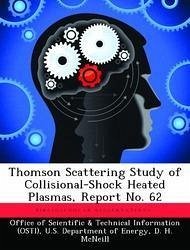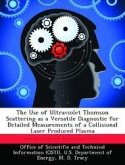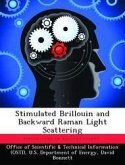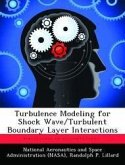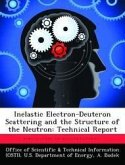Thomson scattering was used to obtain eloctron temperature and density profiles in deuterium plasmas produced by strong collisional shock waves. The transverse shock speeds were 3 to 25 cm/ usec in 50 to 100 mTorr deuterium. Ruby laser light was incident at a right angle to the axis in the midpoint of the annular gap of an electromagnetically driven coaxial shock tube.and scattered 9 light was collected at 90 degrees. Plasma created by reflecting a strong shock from a dielectric wall was also studied. It is found that the plasma electron temperature (10-30 eV) is much less than the ion temperature (100-500 eV) as is predicted by theory for the early life of the plasma. Electron-lon Coulomb colllslonal temperature relaxation does not occur during the times of observation (3-4,AA sec). Electron heating in the plasma is caused primarily by Ohmic dissipation of currents in the shock structure and piston. Plasma densities (0.5-3.5x1016 cm-3) agree well with shock theory predictions. For gas ionizing shocks, good agreement with collisional theory is found for the electron temperature.
Hinweis: Dieser Artikel kann nur an eine deutsche Lieferadresse ausgeliefert werden.
Hinweis: Dieser Artikel kann nur an eine deutsche Lieferadresse ausgeliefert werden.

